
5 minute read
Spice & Success: Chef Shams & the Flavors of Qatari Cuisine
from A2Q Issue 3
by QatarAmerica

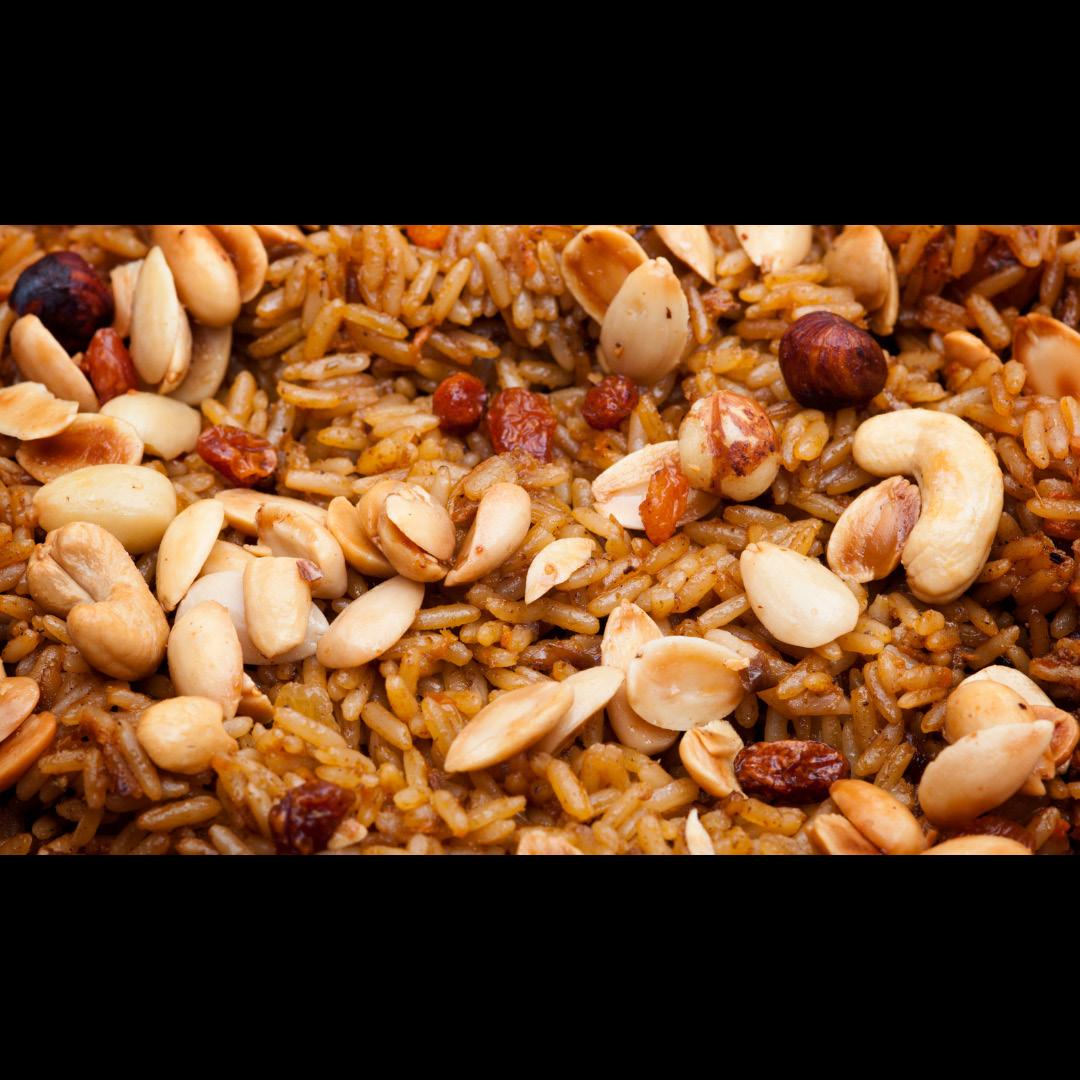
Advertisement
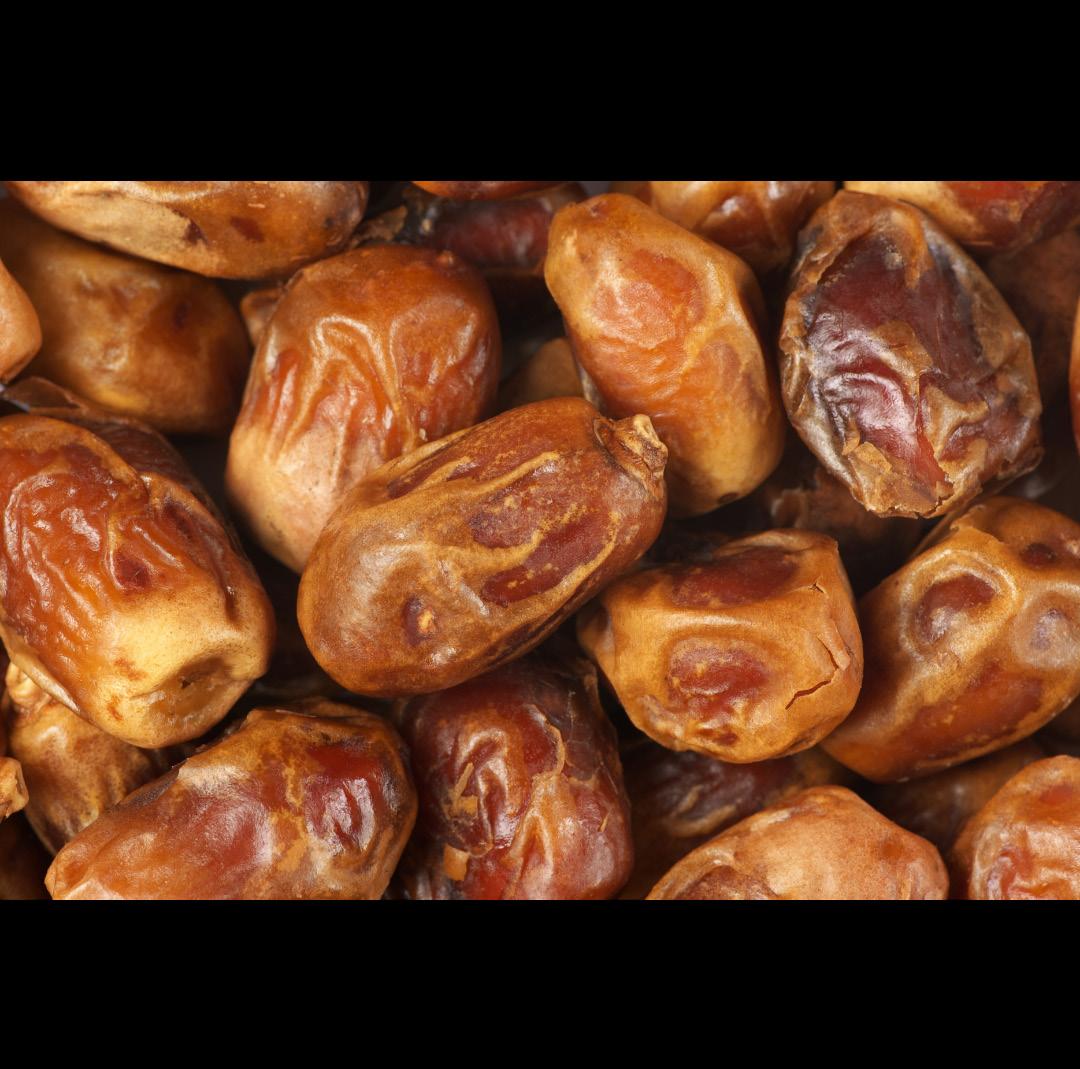

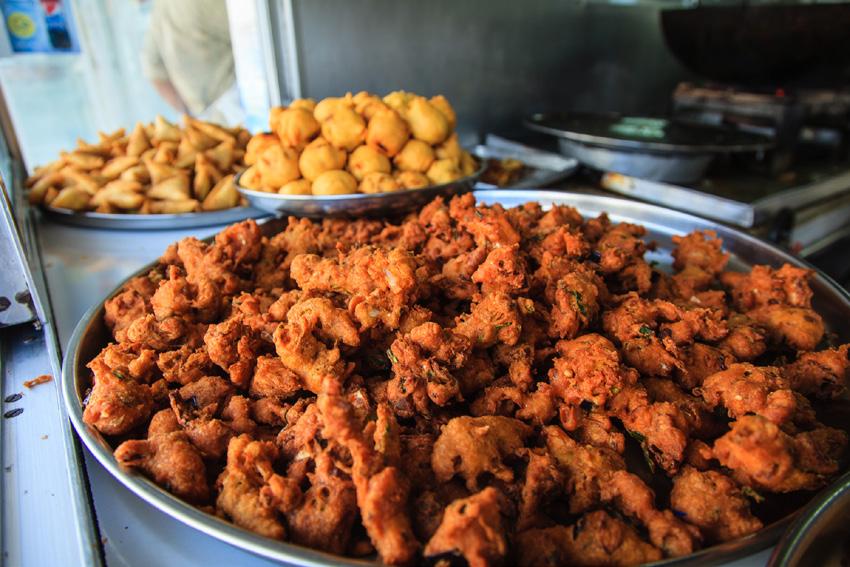


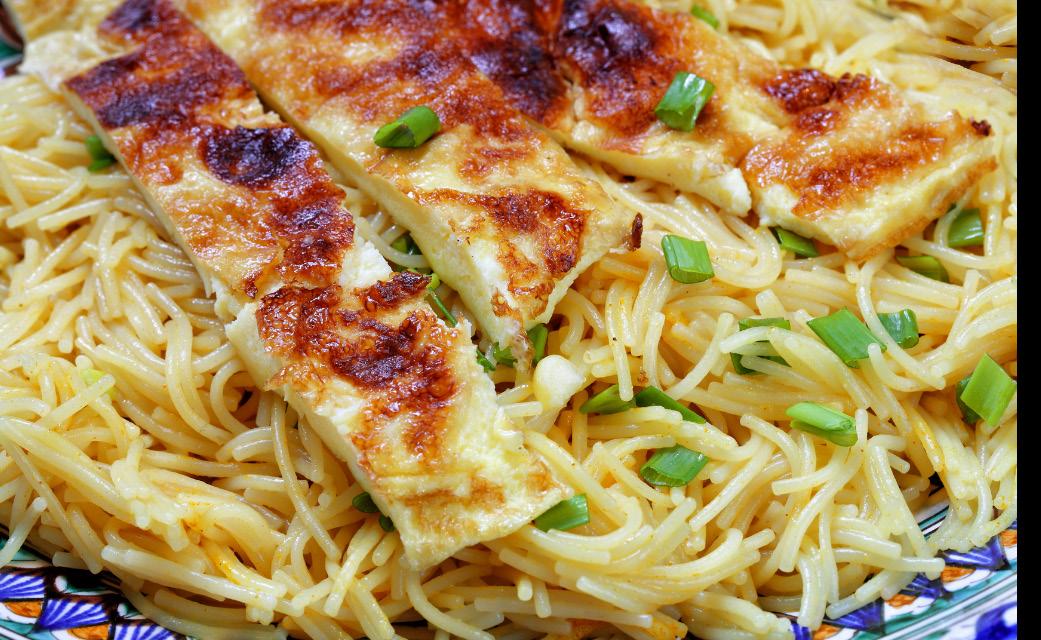

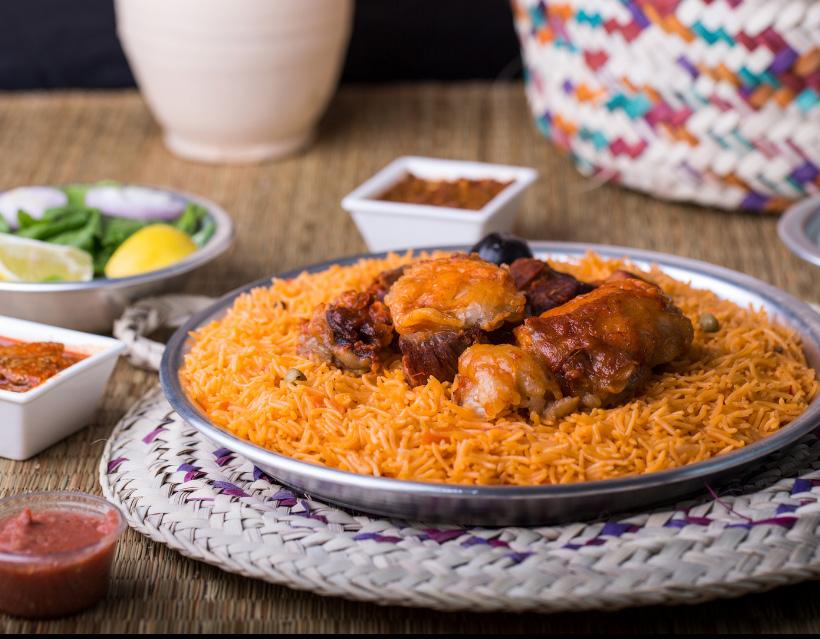
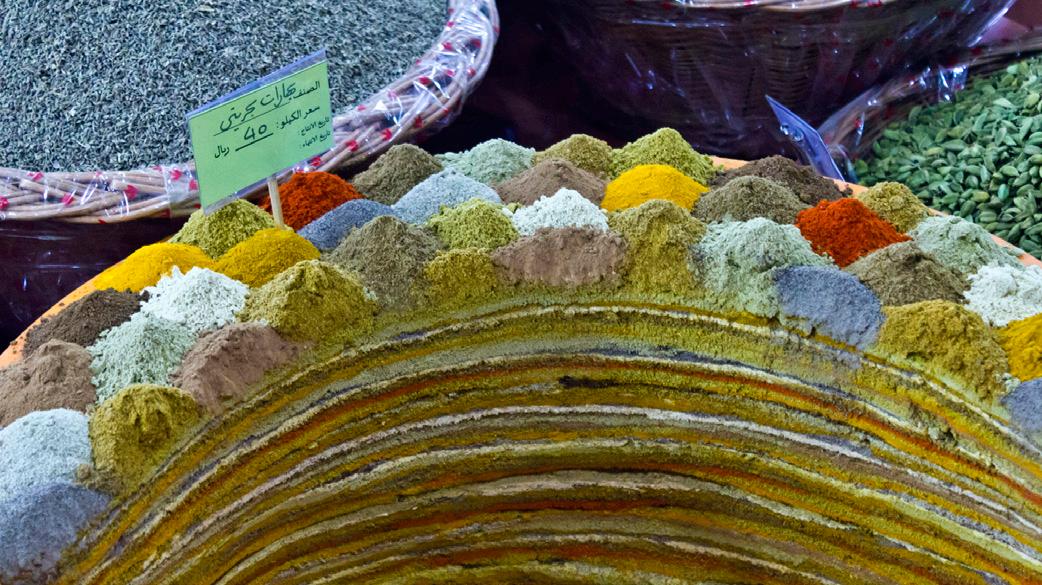
Many travel guides about Doha urge readers to visit and eat at Shay Al-Shmous in Souq Waqif, the city’s traditional marketplace. Tucked into the Al Bidda Boutique Hotel, this café boasts traditional Qatari recipes. Not only is the food delicious and authentic, but the founder, Shams Al-Qassabi, holds the distinction of being the first woman to run a business in Souq Waqif.
Shams got her start in the business in the late 1990s, initially as a means to support her family after her husband’s retirement. She did not have an extensive education, but she knew there was something she was very good at: cooking. With the proceeds from the sales of her first jars of pickles and spices, she was able to expand her business; she went from selling her wares to friends and neighbors to participating in a 2001 exhibition to showcase local talents and craft productions.
By 2004, Shams had outgrown her initial business success and took the groundbreaking step to rent a space in Souq Waqif, the first Qatari woman ever to do so. She faced a multitude of prejudice, from strangers and friends alike, but this did not deter: “I wanted to do this for myself and for my country.”
Shams’ determination won out over gender bias, and, in 2014, she was offered a new commercial spot for her successful shop within the market. In this new space, her store would expand to include a small café, and Shams was determined to promote her country’s cuisine. She spent months testing and perfecting each dish—rogag, balaleet, and saj, to name a few—and still runs the kitchen today.
From the 12 types of spices and pickles she began with, Shams’ shop now sells over 400 varieties. Despite being over 60 years old, she has no plans to slow down. Her next dream is to open a factory for her pickles and spice blends and expand her market even further: “I want everyone to feel welcome to taste the flavors of Qatar.”


You should plan to arrive early if you wish to taste the delicious offerings at Shay Al-Shmous. It is only open for breakfast and is commonly packed with crowds— sometimes even a famous face or two is seen—but it’s more than worth the wait.
The success of Shams’ business and the delicious flavor of Qatari and Arab cuisine are intrinsically linked by one big factor: spice.
As the popularity of Chef Shams’ spice shop attests, spices are a staple of Qatari cuisine. Savory dishes, sweet desserts, and variety of beverages all utilize a multitude of imported spices.
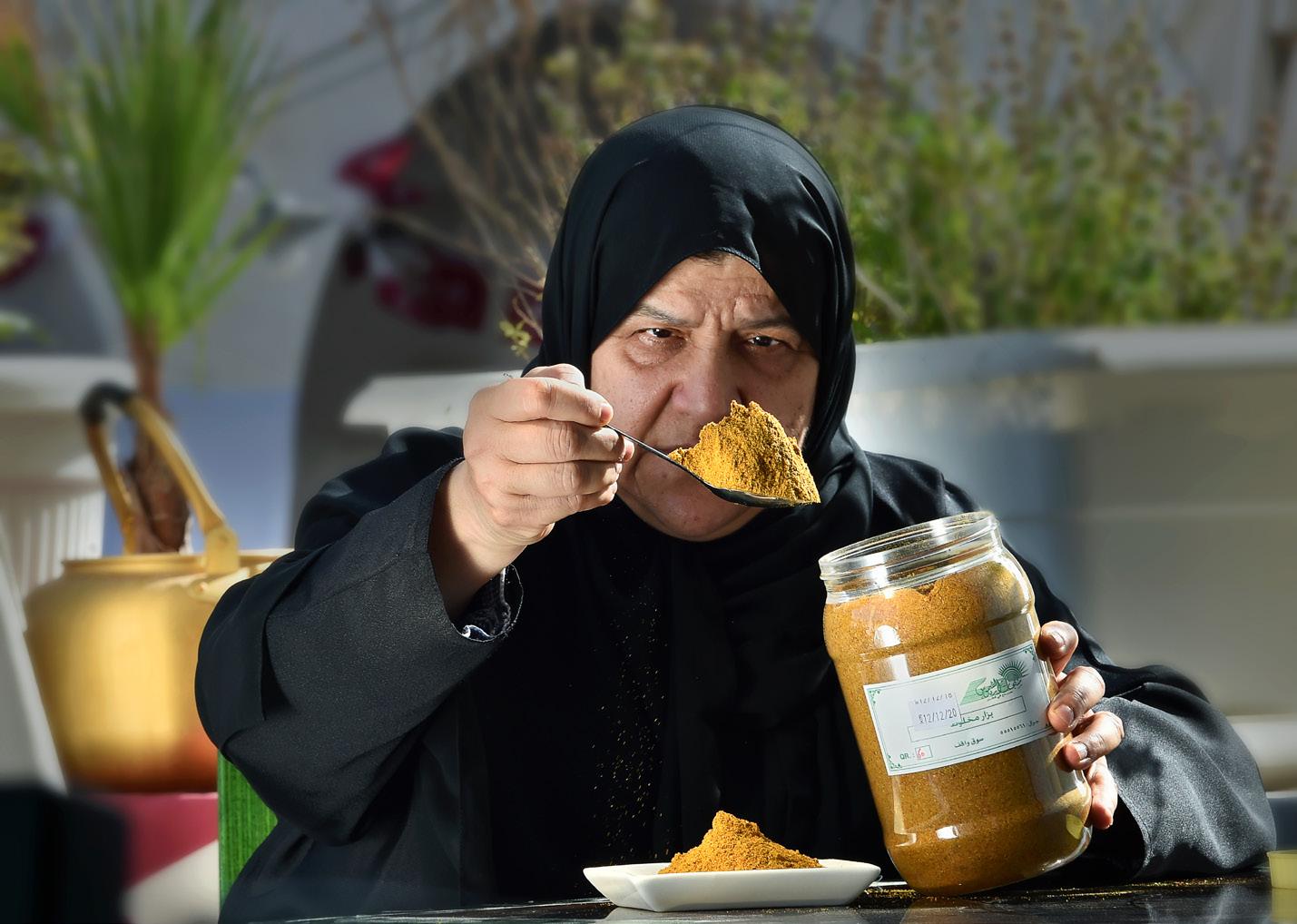

Cardamom has a strong taste and aromatic fragrance. It is used in drinks such as Arabic coffee, Qatari Karak, and dishes such as Madrouba
Source: from the seeds of Elettaria and Amomum genus
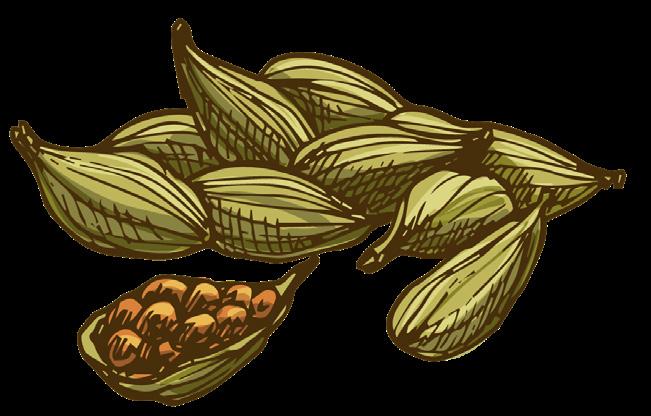
Origin: Indian subcontinent and Indonesia
Fun Fact: Guatemala and India are the largest producers and exporters of cardamom
Cloves
Clove is a very aromatic spice with a subtle sweet flavor and gives food warmth. It’s used in meats, sweet and fruity dishes, and hot beverages
Source: the aromatic flower buds from a tree in the Myrtaceae family. Origin: Indonesia Fun Fact: Cloves may also have medicinal benefits, as the eugenol in its oil is show to be effective for tooth pain

Coriander

Coriander seeds have a nutty, citrus flavor, while the fresh leaves give a dish a citrus flavor
Source: an herb from the Apiaceae family; also known as Chinese parsley, and cilantro
Origin: Southern Europe and Southwestern Asia Fun Fact: Some people think coriander leaves taste like dish soap; this is due to having a gene that detects the aldehydes in the leaves
Cumin
Cumin gives food an earthy and warm flavor. It’s a staple in many stews, soups, and curries Source: from the seeds of flowering plants in the Apiaceae family Origin: Central Asia and the Eastern Mediterranean Fun Fact: Cumin has been used as a spice for thousands of years: seeds were excavated from Neolithic settlements dating back to the early 6th millennium BCE

Saffron’s taste is described as hay-like and sweet, while its aroma is reminiscent of metallic honey. It’s used in many rice dishes in
Persian, Indian, European, and Middle Eastern cuisine
Source: from the flower of Crocus sativus
Origin: the Mediterranean and Iran
Fun Fact: High doses of saffron (> 5 g) can actually be toxic for humans

The version of sumac found in Middle Eastern cuisine adds a tart, lemony taste. It’s used with salads and meats, or as a garnish on meze dishes such as hummus and tashi
Sumac
Source: from flowering plants in the genus Rhus
Origin: East Asia, Africa, and North America

Fun Fact: In North America, sumac stems were used as pipe stems in pipemaking among the Oglala Sioux
For as long as humans have built cities and civilizations, they’ve traded with others. And spices were definitely a good that moved! Evidence at Neolithic archaological sites points to the use of spices to season food, and written evidence in ancient Mesopotamian tablets and Egyptian texts points to use in both recipes and perfumes respectively.
The Arabian Peninsula occupies a critical position along numerous land and maritime trade routes connecting Western Europe to Eastern Asia. Of all the goods that traveled, spices must undoubtedly be among the most versatile and delicious. Qatari cuisine was shaped by international culinary traditions from India, Iran, the Levant, and North Africa, and it developed its own blend of spices—described as more mellow and alluring than their neighbors’ versions.






